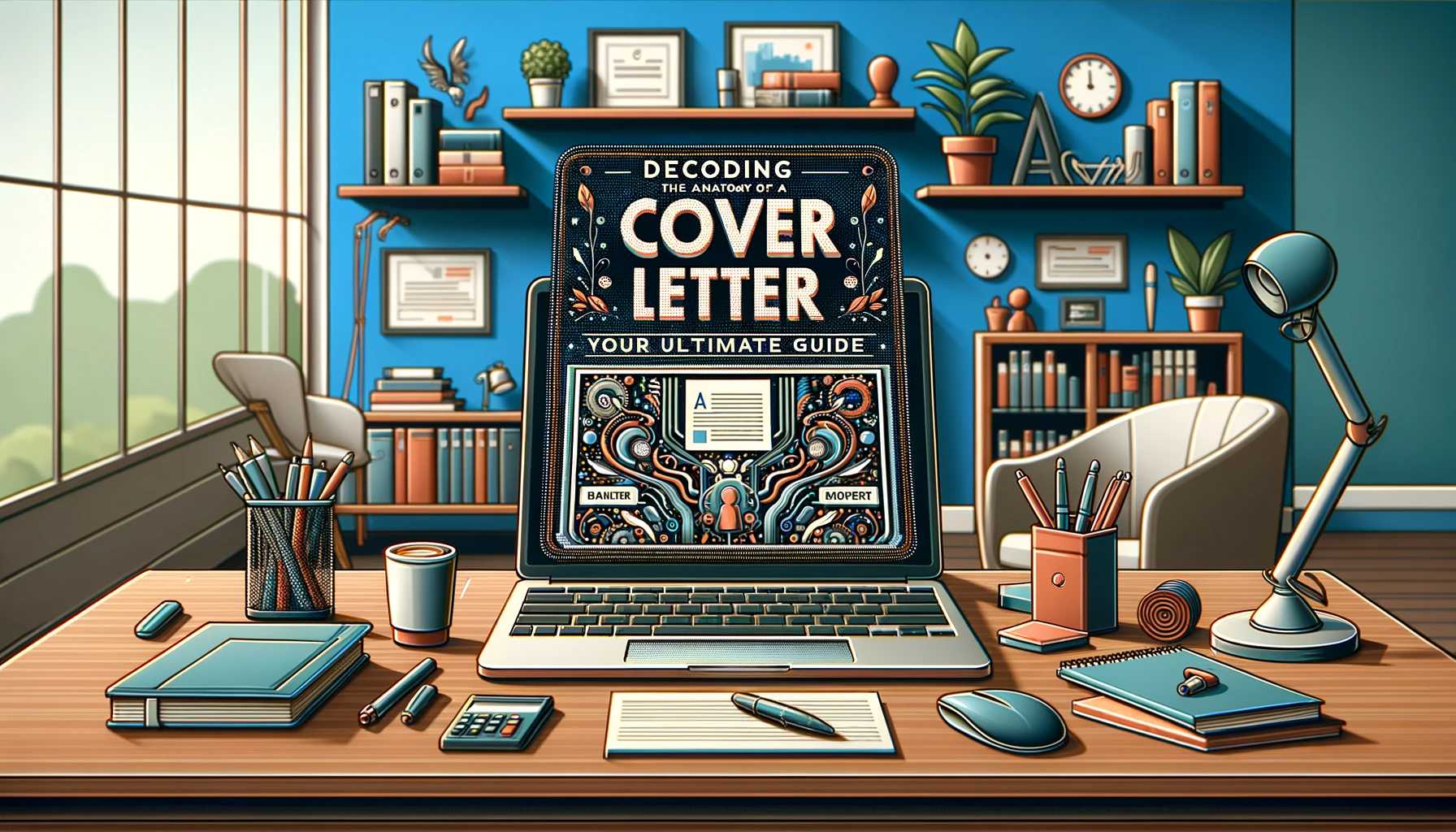Decoding the Anatomy of a Cover Letter: Your Ultimate Guide
Ah, the cover letter. That humble document often overshadowed by its flashier companion, the resume. But don’t be fooled – the cover letter is a powerful tool in your job application arsenal. It’s your chance to make a memorable first impression, showcase your personality, and demonstrate why you’re the perfect fit for the job. So, let’s roll up our sleeves and dissect the anatomy of a cover letter, shall we?
Introduction: Setting the Stage
Every great cover letter starts with a captivating introduction. This is your opportunity to grab the reader’s attention and pique their interest. But how do you do that? Simple – by being authentic and enthusiastic.
Start by addressing the hiring manager by name, if possible. If you can’t find their name, a simple “Dear Hiring Manager” will suffice. Then, dive right in with a strong opening sentence that expresses your excitement about the position.
For example:
"Dear [Hiring Manager’s Name],
I am writing to express my enthusiastic interest in the [Job Title] position at [Company Name], as advertised on [where you found the job posting]."
Body: Making Your Case
Now that you’ve captured the reader’s attention, it’s time to delve into the meat of your cover letter – the body paragraphs. Here’s where you’ll make the case for why you’re the ideal candidate for the job.
Start by highlighting your relevant skills and experiences. Be specific and provide examples that demonstrate your qualifications. Remember, this is your chance to showcase what sets you apart from other applicants.
For instance:
"In my previous role as [Your Previous Position] at [Previous Company], I honed my skills in [relevant skills], [relevant skills], and [relevant skills]. One particular project that I’m proud of is [brief description of project], where I [specific accomplishment or outcome]. This experience not only strengthened my technical abilities but also taught me the importance of [relevant soft skill, e.g., teamwork, problem-solving, etc.]."
Connection: Bridging the Gap
Now that you’ve outlined your qualifications, it’s time to make a connection between your skills and experiences and the needs of the company. This is where research comes into play.
Take the time to learn about the company’s mission, values, and culture. Then, tailor your cover letter to demonstrate how you align with these aspects of the organization.
For example:
"I was particularly drawn to [Company Name] because of your commitment to [mention a specific aspect of the company’s mission or values]. I admire how your team [cite a recent accomplishment or project]. I am eager to contribute my skills and expertise to help [Company Name] [achieve a specific goal or objective]."
Closing: Sealing the Deal
You’re almost there! The closing paragraph is your chance to wrap things up and leave a lasting impression. Express your gratitude for the opportunity to apply, reiterate your interest in the position, and provide a call to action.
Here’s an example:
"Thank you for considering my application. I am excited about the opportunity to join the [Company Name] team and contribute to [mention a specific aspect of the company or role]. I look forward to the possibility of discussing how my skills and experiences align with your needs. Please feel free to contact me at [Your Phone Number] or [Your Email Address] to schedule an interview."
Formatting: Putting It All Together
Now that you’ve crafted the content of your cover letter, it’s time to polish it up with some formatting. Here are a few tips to keep in mind:
- Keep it concise: Aim for no more than three to four paragraphs, and keep each paragraph focused and to the point.
- Use a professional tone: Keep your language professional and avoid slang or jargon.
- Check for errors: Proofread your cover letter carefully for typos, grammatical errors, and formatting issues.
- Use a professional closing: End your cover letter with a professional sign-off, such as “Sincerely” or “Best regards,” followed by your name.
Conclusion: Ready to Shine
And there you have it – the anatomy of a cover letter, decoded! By following these steps and crafting a compelling cover letter, you’ll be well on your way to landing your dream job.
Remember, your cover letter is your chance to shine, so don’t be afraid to let your personality and enthusiasm for the role shine through. With a well-crafted cover letter in hand, you’ll be one step closer to securing the job of your dreams.









